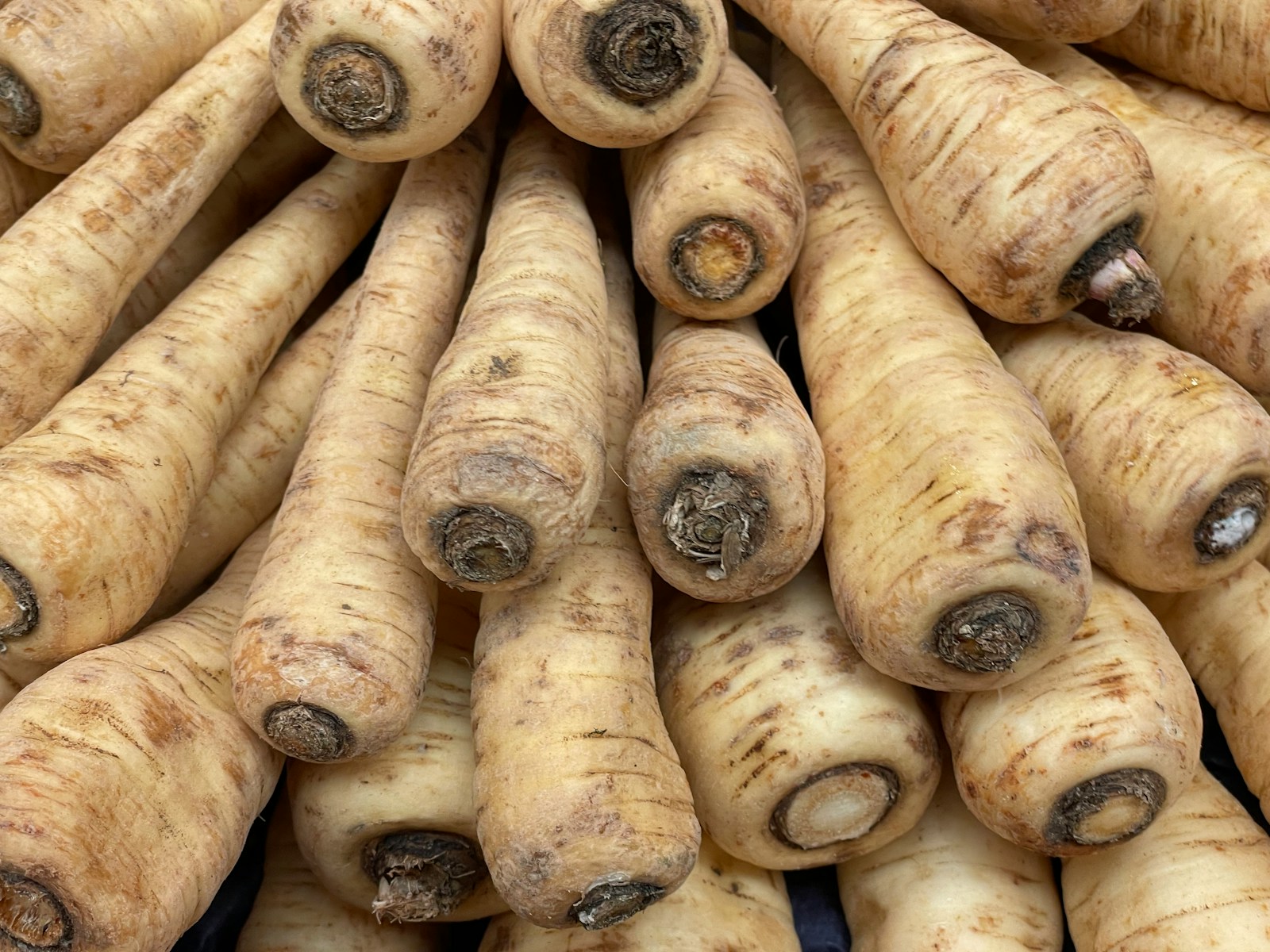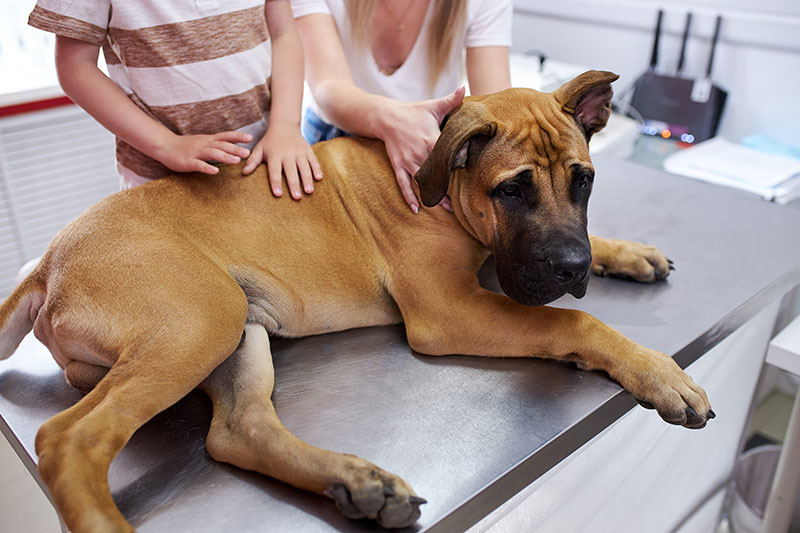Click to Skip Ahead
Parsnips may have a small fan club. They aren’t as popular as other vegetables in the Apiaceae family, such as carrots and celery. Some think the former are sweeter, but parsnips have a slight edge. Nevertheless, these vegetables pack a nutritional punch and are tasty and versatile. If you’re making them for yourself, you can offer a cooked piece or two to your pup.
However, it’s best to introduce new foods slowly to your pet to avoid GI upset. Parsnips have another unexpected red flag you should know about if you plan to plant them in your garden or harvest their wild counterparts.
Benefits of Feeding Parsnips to Dogs
The health benefits and yummy goodness of parsnips didn’t get past the Greeks and Romans who cultivated the vegetables. They are native to Europe and an introduced plant in the United States, presumably brought here by early colonists. The vegetables we grow and eat are a cultivated variation of the Wild Parsnip (Pastinaca sativa).
Parsnips are source of calcium, phosphorus, and potassium. They also contain several B complex vitamins and vitamins C and K. They have a scant amount of fat and 1.2 grams of protein in a 100-gram serving. Parsnips have antioxidants that may provide other health benefits. You can cut them into small pieces for your pup as a low-calorie treat or training aid.
You can give your pup raw or cooked parsnips, but boiling them without salt doesn’t significantly affect their nutritional value. You can also bake or roast the prepared vegetables. Parsnips are relatively inexpensive and last a decent amount of time if stored properly.

Risks of Feeding Parsnips to Your Pup
Large pieces of parsnips may pose a choking hazard since dogs often gobble their food without chewing. Make sure you cut them into small chunks to avoid this risk. Be sure to remove the wax coating you may find on some store-bought vegetables. We also suggest cutting off the woody ends that are less digestible.
Parsnips may be nutritious but contain significant carbs and fiber, translating into a higher calorie count than carrots. We’re talking 75 calories versus 41 in a 100-gram serving. The difference is substantial with smaller pets and their lower caloric intake. A 10-pound pup only needs around 300-350 calories per day.1 Therefore, you should limit how much you offer your pup.
Surprisingly, parsnips also don’t contain vitamin A in any form, unlike carrots, which are a nutrient powerhouse. They also have a small amount of sodium.
Concerns About the Wild Varieties
We mentioned that parsnips have a wild relative. They are the same species, but the vegetable we eat is selectively cultivated. One reason is the reduction of chemicals called furanocoumarins in wild plants. This compound is found in many plants in the Apiaceae family, including parsley and parsnips. While people used these species in folklore medicine, they have a surprising effect.
Furanocoumarins can cause photosensitization or a heightened reaction to UV light after ingestion or skin contact. While it looks like a sunburn, it’s not, although it can cause similar signs, including the following:
The primary treatment involves getting your pup out of the sun and veterinary care for the signs. Livestock are more susceptible and liable to photosensitivity. Dogs or people may experience it if they inadvertently brush against, chew or ingest the leaves, stems and seeds of a Wild Parsnip plant. All plant growth stages contain furanocoumarins. Wild Parsnip is a large plant, often growing 4 feet high or more. It has umbrella-like clusters of yellow flowers, not unlike Queen Anne’s Lace. It is biennial and appears like a ground-level rosette the first year. Remember that we’re talking about the wild plant, not the cultivated vegetable. However, we found a few mentions of caution when harvesting garden parsnips that are undoubtedly worth heeding. It’s also worth noting that many edible plants have inedible or toxic parts. Rhubarb is a classic example. The stalks are tasty and safe for you to eat, while the leaves contain harmful levels of oxalic acid. Likewise, the pits and seeds of many fruits like cherries and apples have a precursor to hydrogen cyanide when metabolized. However, the roots of parsnips plants are non-toxic to you or your pet. We suggest giving your pup only a tiny piece or two the first time. Monitor your dog’s reaction over the next day for any signs of adverse effects. The main concern is usually problems digesting a new food. Parsnips have a relatively high fiber content, which may affect pups with sensitive stomachs. Hence, only give your pup a small amount. If you have questions about serving parsnips to your canine, we suggest discussing it with your vet. We recommend talking to them whenever you introduce new food into your dog’s diet. Parsnips have a long culinary history. It’s easy to understand why. They are tasty vegetables with a high nutritional value. They are versatile and can be used in various cooking methods and recipe additions. Even plain, cooked parsnips are delicious. You can give your pup a tiny bit as a special treat, but ensure it has no butter or other additions to play it safe. Featured Image Credit: Michael Fousert, Unsplash
How to Feed Your Dog Parsnips
Conclusion















